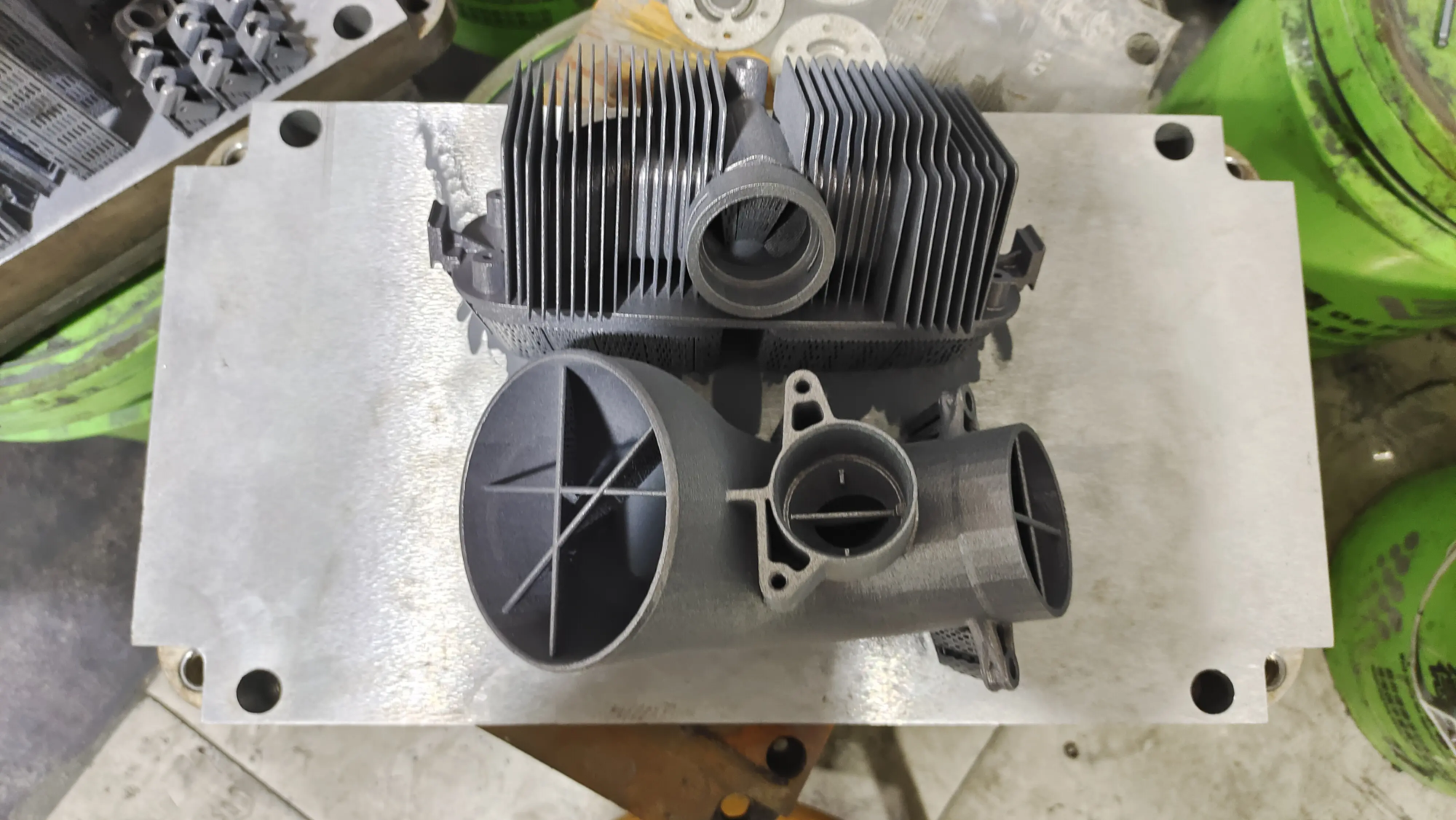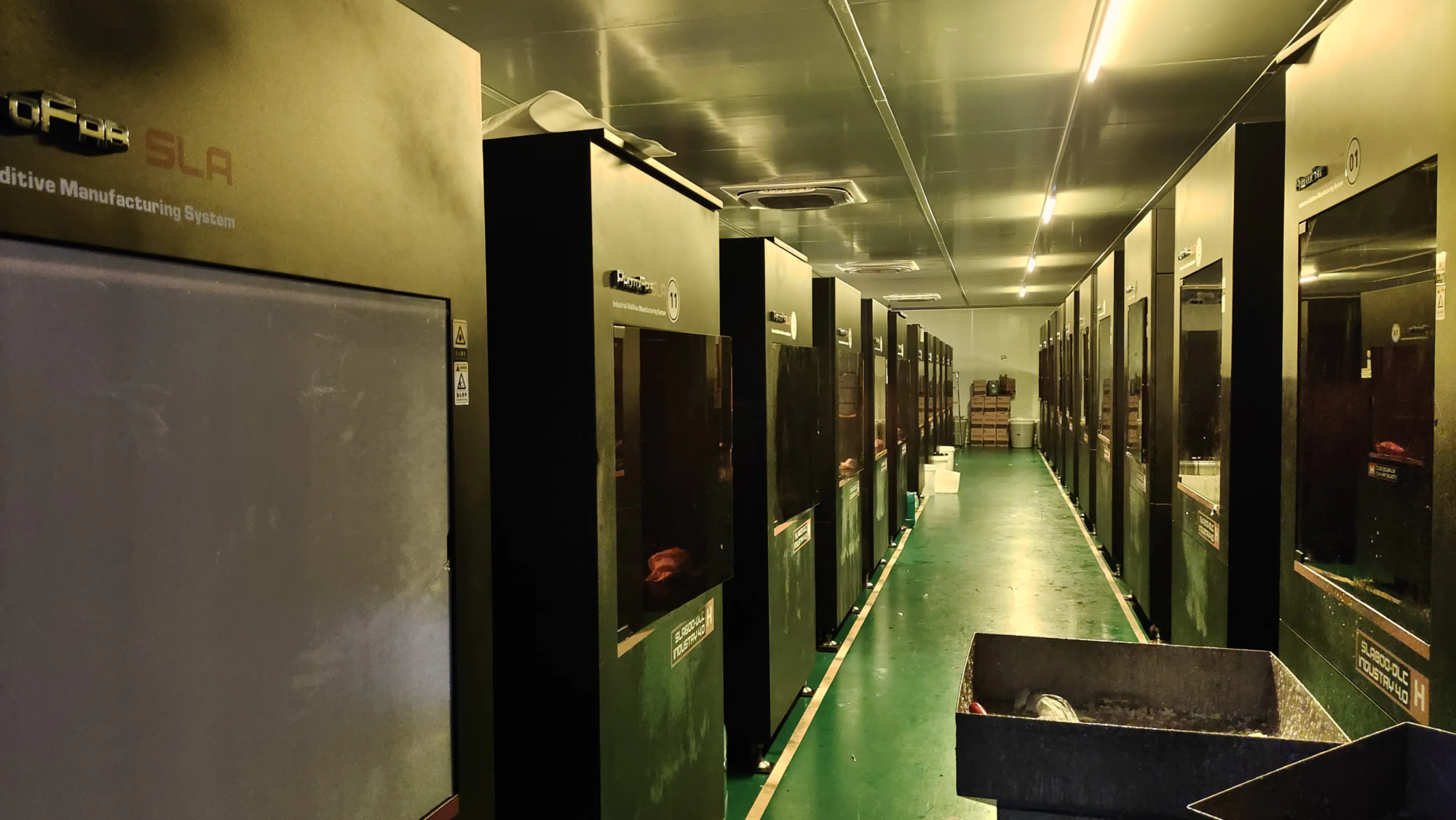Dior3D sunglasses made their debut in the Dior 2024 Spring series. These glasses have an avant-garde aesthetic, while paying tribute to the brand’s classic cannage model. The frame is fully printed in 3D and the hollow design is complex and exquisite, light and durable.
But each pair of glasses is still finely polished by hand to ensure perfection. Mirror effect lenses are associated with contrasting dior stripes to add a daring futuristic sensation and further highlight the unique character of the series.
Technological empowerment:From personalization to mass production
3D printing technology has been mainly used in the personalization of small lots or conceptual products, and mass production of the Dior3D series shows that this technology can adapt to the two quality and scale requirements of the luxury products industry.
Thélios uses SLS technology combined with high -performance polyamide materials to ensure that the frame is light and durable while obtaining complex hollow structures. Compared to the traditional hand or injection engraving molding, 3D printing reduces material waste and allows more flexible design adjustments, but the maturity of costs and processes is always challenges.
The advantage of 3D printing is that it has the freedom of flexible design and can create geometric structures difficult to achieve in traditional production processes; At the same time, elastic production is carried out in a rapid iterative design to adapt to market changes. However, the glasses that are fully based on 3D printing always require manual post-processing, such as the installation of the objective and surface polishing, complex decoration (such as jewelry inlay), etc., indicating that technology has not completely replaced traditional crafts.
Market positioning: Premium Technical and Acceptance of Consumers
The two models in the Dior3D series (S21 and M21) are at the price of around $ 600, which is higher than the brand’s regular sunglasses, but lower than personalized handmade products. This positioning tries to find a balance between “technology” and “luxury attributes”. The initiates of the industry believe that the premium of 3D printed glasses comes from technical stories, rather than simple costs of equipment or processes.
Consumer surveys show that young people have a great acceptance of 3D printing products and consider them a symbol of innovation and personalization; While traditional luxury customers pay more attention to the texture of materials and the value of crafts. How to balance the two has become the key to promoting the brand.
Impact of industry: integration of tradition and innovation
Thélios’ initiative reflects the trend of luxury manufacturing industry – while retaining the heart of traditional crafts, improving efficiency and innovation through technology. In 2023, Thélios acquired the Italian Longarone factory to strengthen metal treatment capacities, indicating that 3D printing is not a complete replacement of traditional production lines, but is integrated into production as additional technology.
Toni Belloni, Director General of LVMH Group, said: “The objective of technological improvements is to improve the uniqueness of the products, and not to sacrifice process standards.” This point of view can explain why luxury brands are always cautious about 3D printing: technology must serve the value of the brand, not the other way around.
Cooperation between Dior and Thélios provides the industry with a reference case for the implementation of technology.Although 3D printing brings new possibilities to the luxury industry, its large -scale application is always faced with challenges.
In the future, the question of whether the production of 3D printing mass can be carried out in more categories (such as handbags and shoes) will depend on the double progress of technological breakthroughs and market education.





